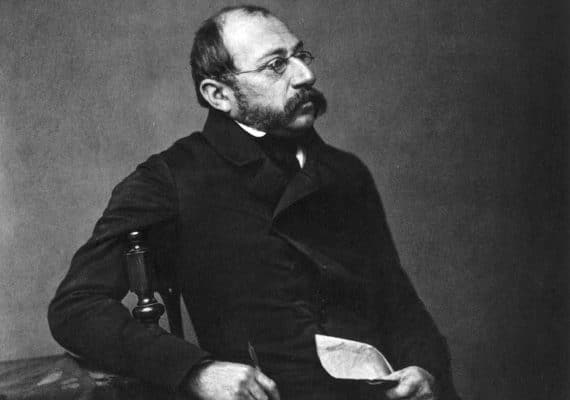Stevan Dohanos (1907 – 1994)
The school of social realism.

Stevan Dohanos (May 18, 1907 – July 4, 1994) was an American artist and illustrator of the social realism school, best known for his Saturday Evening Post covers and responsible for several of the Don’t Talk set of World War II propaganda posters. He named Grant Wood and Edward Hopper the most significant influences on his painting.
Dohanos was born in Lorain, Ohio, and attended the Cleveland School of Art. He worked in fine art as well as in commercial art. In the 1930s, he briefly experimented with lithography and wood etching. He was a member of the National Society of Mural Painters and the Society of Illustrators. He was a founding faculty member of the Famous Artists School of Westport, Connecticut.
Dohanos worked for the Section of Painting and Sculpture of the U.S. Treasury Department, painting several post office murals, including those for West Palm Beach and Charlotte Amalie.
His first magazine illustration was for McCall’s in 1938. In the early 1940s, he moved to Westport, Connecticut, and in 1942 he sold his first cover painting to The Saturday Evening Post. Dohanos painted over 125 Post covers during the 1940s and 1950s.[5] He also illustrated for Esquire and other magazines.
In the 1960s, he became chairman of the Citizens’ Stamp Advisory Committee, which selected art to appear on United States postage stamps. He art chosen for over 300 postage stamps during the administration of seven Presidents of the United States and nine Postmaster Generals. In 1984, the Postal Service’s Hall of Stamps in Washington was dedicated in his honor.
His easel paintings and prints have been displayed in the Cleveland Museum of Art, Whitney Museum of American Art, Pennsylvania Academy of the Fine Arts, and Dartmouth College. He was nationally known as an illustrator and magazine cover artist, particularly for his work appearing in The Saturday Evening Post. He was a member of the Dutch Treat Club in New York City.
VIEW GALLERY
Carl Spitzweg (1808 – 1885)
German romanticist.

Carl Spitzweg (February 5, 1808 – September 23, 1885) was a German romanticist painter, mainly genre subjects. He is considered one of the most influential artists of the Biedermeier era.
Spitzweg was born in Unterpfaffenhofen, near Munich, Bavaria, the second of Franziska’s three sons (née Schmutzer) and Simon Spitzweg. His father, a wealthy merchant, had Carl trained as a pharmacist. He attained his qualification from the University of Munich but took up painting while recovering from an illness.
Spitzweg was self-taught as an artist, starting by copying the works of Flemish masters. He contributed his first work to satirical magazines. Upon receiving an inheritance in 1833, he dedicated himself to painting. Later, Spitzweg visited European art centers in Prague, Venice, Paris, London, and Belgium studying various artists’ works and refining his technique and style. His later paintings and drawings are often humorous genre works. Many of his paintings depict sharply characterized eccentrics, for example, The Bookworm (1850) and The Hypochondriac (c. 1865).